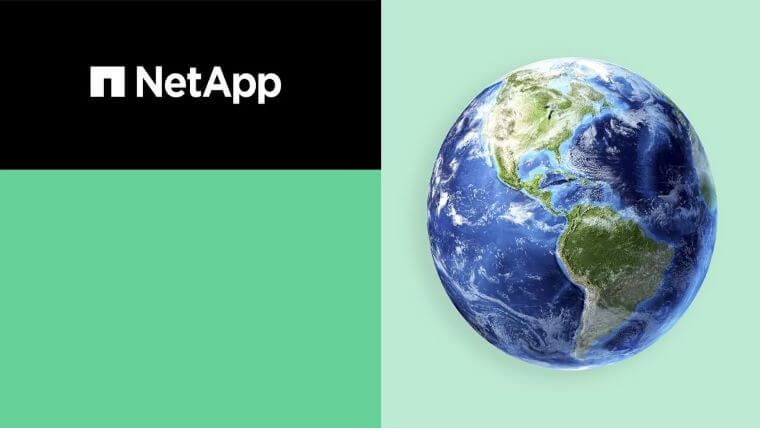The News: Nokia announced the commercial availability of its Liquid Cooling AirScale portfolio. Nokia’s solution is designed to make radio networks more sustainable and cost-efficient by reducing the energy required to cool a base station. Cooling system energy consumption can be reduced up to 90 percent and base station CO2 emissions up to 80 percent compared to traditional active air-cooling systems. The move supports Nokia’s ambitions to have the most energy-efficient, zero-emission 5G product portfolio in the industry. Commercial products will be available from Q3 2022. Read the Nokia Press Release here.
MWC 2022: Nokia Is Liquid Cool with Advancing AirScale Base Station Sustainability
Analyst Take: Nokia leveraged World Congress 2022 in Barcelona last week to swing the spotlight on its organization-wide objective to develop a zero-emission 5G product portfolio that consistently delivers energy efficiency breakthroughs. At the show, Nokia promoted its liquid-cooled AirScale baseband solution, which is designed to accommodate any liquid-cooled common or capacity plug-in unit and supports all radio access technologies from 2G to 5G. Specifically, it can support the reduction of base station-related CO2 emissions by up to 80 percent.
Of note, Nokia’s Liquid Cooling solution is also almost completely silent and positioned as maintenance-free, making it well-suited for apartment buildings. In contrast, legacy air-cooling systems are typically noisy and require regular maintenance. Liquid is much more efficient in the transmission and transfer of heat. Nokia’s solution sets out to carry the captured waste heat produced by the base station during operation, which can then be circulated and reused for other purposes such as redirection to a building’s heating system for free, at a price, or even traded.
I see the collaboration with AT&T as providing a marketing boost as the operator pilots the solution in a live network trial in Philadelphia, here in the U.S. I expect the trial can ultimately help boost AT&T’s organization-wide 2035 net-zero emissions goal as exemplified by its recent purchase of 155 megawatts (MW) of solar power from Vitol. The deal with Vitol consists of two virtual power purchase agreements for 80 MW and 75 MW that will support new solar projects in Pennsylvania and Maryland, which contributes toward AT&T’s mission of attaining net-zero greenhouse gas emissions across its global operations by 2035.
Nokia’s new Liquid Cooling AirScale solution aligns with ongoing CSP objectives to use liquid cooling technology to advance their zero-emission and clean energy objectives. For example, France’s Illiad is using adiabatic cooling process in all its data centers and expects that this can reduce energy consumption. Adiabatic cooling is used in evaporative coolers. Large fans draw warm air through pads moistened with water and as the water evaporates, the air is chilled and pushed into the room. The airflow can be regulated to control the temperature in the room.
Key Takeaways on Nokia’s Liquid Cooling AirScale Launch
In parallel with Nokia’s radio network Liquid Cooling technology, I see Adiabatic cooling gaining broader ecosystem traction among CSPs as it is one of ten measures that Iliad has made as part of the company’s 10 Climate Pledges sustainability strategy in order to reach net zero emissions by 2035. Nokia’s move also counters rival Ericsson’s recent energy efficiency-driven RAN portfolio launch that included seven new RAN products and solutions lead by Radio 4490 enhancements, a dual-band radio that is developed to deliver 25 percent lower power consumption and lesser weight compared to the current product.
I believe Nokia gains mobile ecosystem credibility by aligning its own sustainability goals with that of the mobile operators. Nokia has set a science-based target to reduce its emissions by 50 percent by 2030 across its value chain, including its operations, products in use, logistics, and final assembly supplier factories. Of note, Nokia has also been increasing its share of renewable electricity and is committed to reaching 100 percent by 2025.
Disclosure: Futurum Research is a research and advisory firm that engages or has engaged in research, analysis, and advisory services with many technology companies, including those mentioned in this article. The author does not hold any equity positions with any company mentioned in this article.
Other insights from Futurum Research:
Nokia’s Digital Twin Technology Can Offer European CSPs a Substantial Revenue Boost
MWC 2022: Qualcomm Unleashes Game Changing 5G Ecosystem Innovations
Image Credit: Nokia
The original version of this article was first published on Futurum Research.












